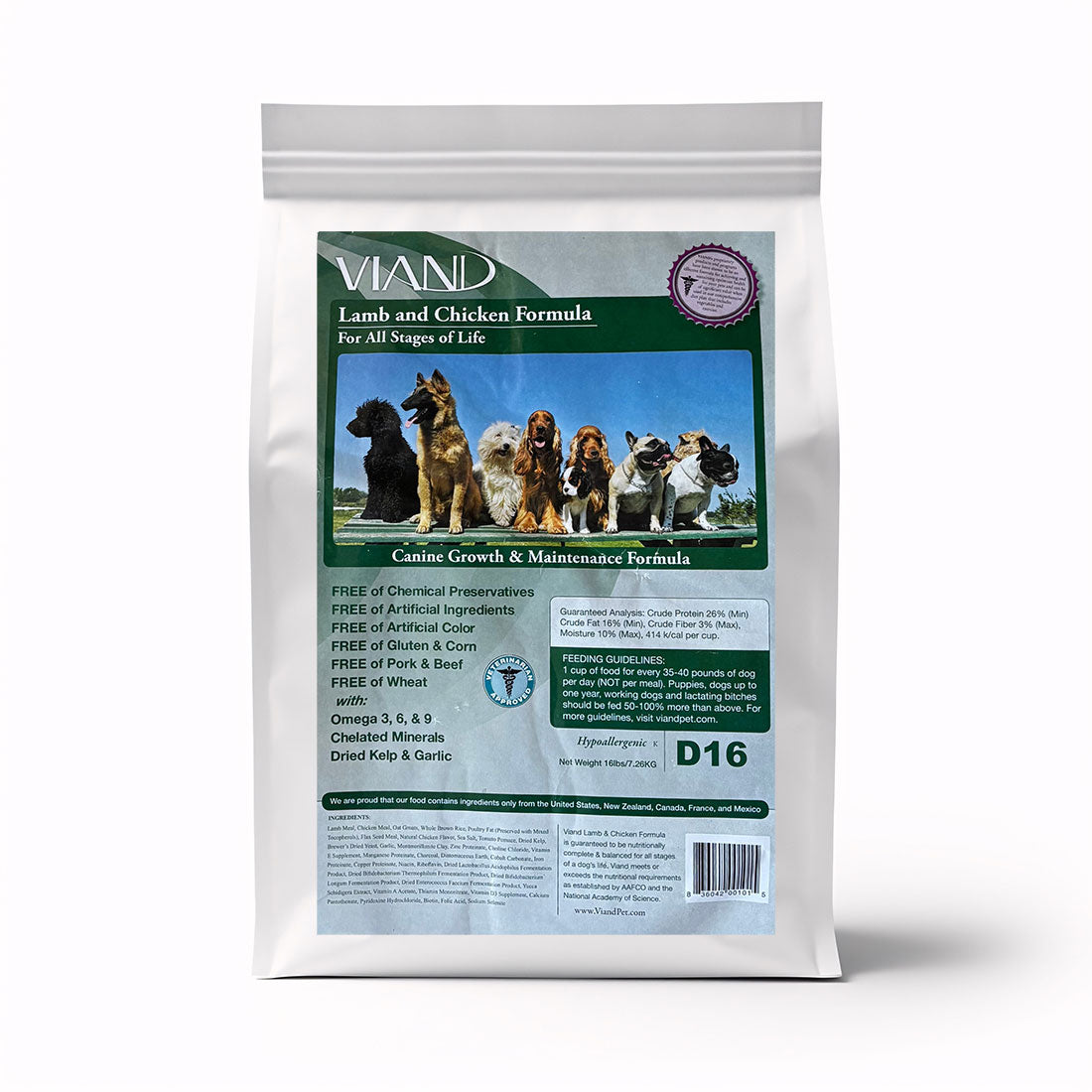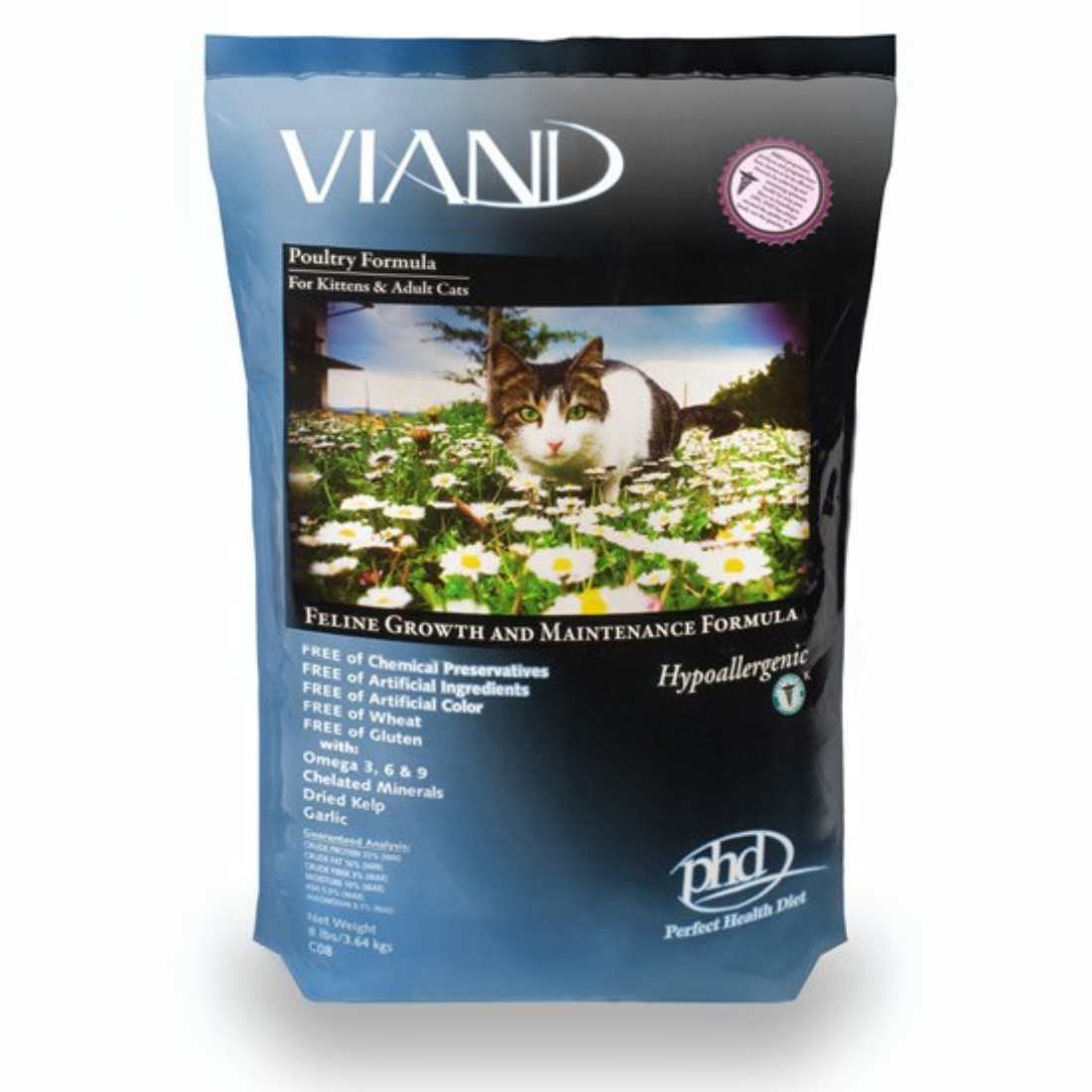· By Scott Pollak
Nature's and Human's Medicines
Brought to you by William Pollak D.V.M.
and the Fairfield Animal Hospital.
Holistic medicines usually include unmolested, naturally occurring substances that are vehicles for healing. If processing of some kind is necessary, it is done minimally to gently keep the wholeness intact and enhance the healing intent of nature's product. This approach allows the beneficial effects on many of the patient's systems: mentally, emotionally and spiritually, as well as physically. The intact, whole remedy is a complete, natural package that encourages balance and the restoration of health, in a multidimensional way.
This natural healing is done through adding packets of raw love/intelligence and enabling the intertwined life functions of the living system to
Laboratory chemicals are partially modifying since they are only partially from nature. They are, but a quick fix. Medicinal use with this intent has its place (even in holistic medicine), but giving it more credence and power in enhancing the length and the quality of life is indeed entering shaky ground. It is the
Laboratory synthesized chemical medicines (drugs)
Continuing to treat disease and curing disease are two different things. Knowing the intent before action will make the action more fulfilling, no matter what camp you are in. But, do not try to make the two camps into one, for the goals inherent within the two camps are often seen as mutually exclusive. If there is a vested interest in treating disease, the cure is seen as a threat.
The therapeutic effects of chemicals are seen within a narrow context since they are created for particular effects. Within this narrow formulation and experimental justification, chemical effects usually modify living systems at the expense of greater well-being. This IS what a quick fix is. The newer chemical drugs are more sinister in their detrimental effects. Chemical medicines are usually crude (in their design and intent) compared to nature's products.
This crudeness added to life usually results in fragmented results of healing: one step up, one or two steps back, and so on.
Healing is different from symptom suppression. Chemicals can suppress symptoms very well, and in the narrow definition of disease (localized and limited to some bodily organ or part) it might appear the "disease" is gone. But,
The present-day high use of chemical medicines reflects a preferred safety in the "known" of human manufacturing as opposed to the "unknown" of nature's wisdom.
Intent continually expresses itself in the results of our actions, whether it is the treating or the curing of disease. If the intent is the respite from symptoms (suppression of symptoms) or the expansion of the wholeness of life (cure of dis-ease), then so be it. Each has its place, but


